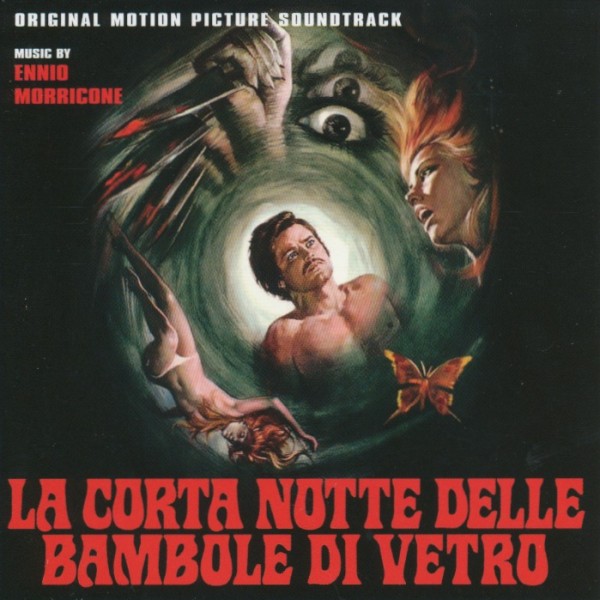
A unique case of an Italian band signed with the US label Motown, Libra were formed in Rome in 1973 from the ashes of Logan Dwight, with a line-up including two former members of that group, Federico D'Andrea and guitarist Franco Ventura, along with Sandro Centofanti on keyboards (from Buon Vecchio Charlie), Nicola Di Staso on guitar and David Walter on drums.
After an early split, the group reformed in the autumn 1973 to play in the musical Jacopone, with bassist Claudio Barbera (also from Logan Dwight) replacing Ventura. it was during this period that they came in touch with producer Danny Besquet, who offered them to find a recording deal, and at the end of the tour a stable line-up was formed, with the entrance of bassist Dino Cappa, with which they recorded a demo at Sonic Studios in Rome.
With that demo they managed to obtain a contract with Ricordi, and recorded in Milan in the autumn 1974 the first album Musica e parole, an English version of which was recorded at the same time.
The album was issued in February 1975, essentially a rock album with large use of acoustic parts and some jazz-rock and funky influences, Musica e parole has some PFM similarities and a few interesting prog moments, like in the 13 min. long closing track Inquinamento (originally sung in roman dialect and later renamed Pollution in the US version). The album was promoted with an Italian tour supporting Banco del Mutuo Soccorso in the spring of 1975.
In the meantime the producer Besquet managed to have a contract for 10 LP's with the US label Motown, using the already recorded English-sung version of the album, which was issued in the USA with the title Libra. One of the album tracks, the funky Beyond the fence, was sung in English even in the original LP version, and was recorded live or with fake audience overdubs.
The group, with the new drummer Walter Martino (ex Ritratto di Dorian Gray, Reale Accademia di Musica, Goblin), rehearsed during the whole summer of 1975 for the American tour, that started in Los Angeles in October, including concerts with Frank Zappa, Tubes, Chicago and Steppenwolf.
In the US a new album was also recorded, but in December 1975 the group flied back to Italy and, after contrasts with the producer, broke up.
The second album, Winter days nightmare, much more commercial than the previous one and with strong (obvious considering the label) funky influences was released in the USA in the spring 1976, but was unsuccessful.
A final Libra line-up, including keyboardist Maurizio Guarini from Goblin and guitarist Carlo Pennisi from Flea, released a third album in 1977 as a soundtrack to the film Schock (Transfert-Suspence-Hypnos), by director Mario Bava, much in Goblin style, before disbanding.
The strong connection between these groups is confirmed by the release in 1979 of a disco-funky album entitled Starter by a group called Pole Position (on the Zip label, no.LPZ 501). The group included Centofanti, Pennisi, Guarini and Martino from the latest Libra line-up, along with Antonio Marangolo from Flea, Massimo Morante, Fabio Pignatelli and Agostino Marangolo from Goblin and other musicians.
Italianprog



























 Morricone’s Career Has Often Walked Together with the History of the Italian Thriller and Horror Cinema. Some of the Greatest and Scariest Soundtracks, the Ones Most Full of Suspense and Anxiety, were Composed and Performed by this Absolute Genius of Modern Orchestral Music. The Soundtrack to 1971’s La Corta Notte Delle Bambole Di Vetrofits Perfectly in Morricone’s Repertoire of his Most Intense Works to Date.
Morricone’s Career Has Often Walked Together with the History of the Italian Thriller and Horror Cinema. Some of the Greatest and Scariest Soundtracks, the Ones Most Full of Suspense and Anxiety, were Composed and Performed by this Absolute Genius of Modern Orchestral Music. The Soundtrack to 1971’s La Corta Notte Delle Bambole Di Vetrofits Perfectly in Morricone’s Repertoire of his Most Intense Works to Date.
